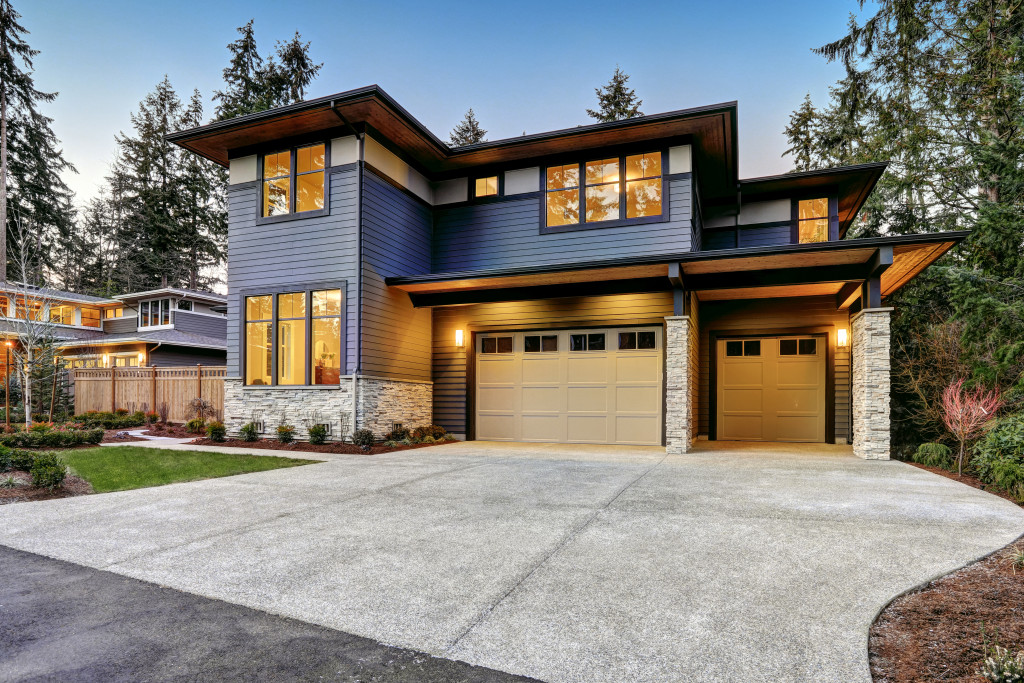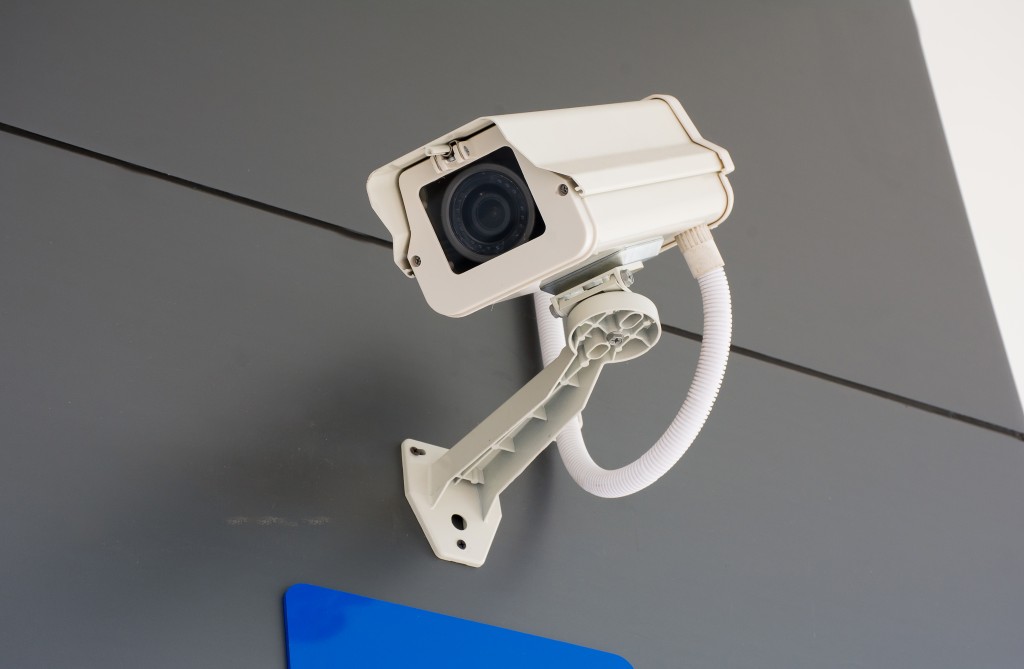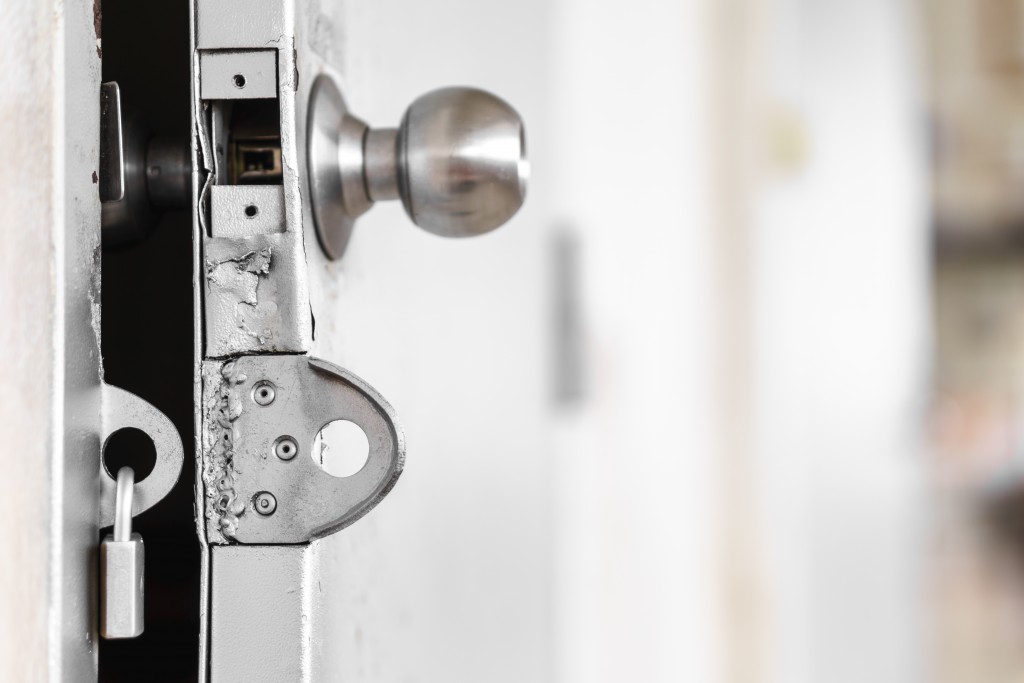According to Statista, burglary and theft offences in England and Wales have been declining through the years. From its peak in 2002, which recorded over 700,000 incidents, it fell to 391,000 in 2019. During the first few months of 2020, it went down further partly due to the coronavirus pandemic since more people are at home.
Still, the country can do something to bring the figures down. It can explain why the UK invests heavily in closed-circuit cameras (CCTVs) while businesses spend on LED wall packs. The question is, are they truly effective in reducing crime rates?
Can CCTVs and Lighting Curb Crime?
Over the years, the demand for CCTVs and lighting systems as ways to deter crimes increased. But most people and experts are not exactly on the same fence when it comes to their effectiveness. What do studies and surveys say?
Effective in Some Places
At least two studies reveal that CCTVs could help reduce the crime rate, although the effects might be more significant in certain places.
First, there’s the Campbell Collaboration research, which analysed at least 40 previous studies. These pieces of existing literature discussed the results of installing CCTVs in residential areas, parking lots, and public transport.
The review showed that CCTVs worked best in parking areas and public transport systems. The crime rate fell by 51% and 23%, respectively. Meanwhile, in other public settings, the technology yielded almost no change in crimes.
Meanwhile, a 2019 study in Criminology & Public Policy also revealed the same results. The meta-analysis included several studies that spanned at least 40 years.
Based on their review, CCTVs, in general, could have a modest and significant impact on reducing crimes. However, the positive effects were higher and more consistent when cameras are in car parks. Further, the researchers believe communities and businesses should not deploy CCTVs as the only crime prevention measure.
This comment is understandable as CCTVs have limitations. For one, they can still create blind spots. Second, they cannot catch criminals unless businesses invest in a security company that offers 24/7 monitoring and tech with alarm.
Often, then, communities and businesses pair CCTVs with ample light, such as LED wall packs that can flood dimly lit areas with bright light. But does it work also?
How about the Lights?

One of the compelling studies that show the effectiveness of light in fighting crime was Welsh & Farrington in 2008. According to it, when one improves their lighting system, the reduction in crime rate in the evening could be the same as that of daytime.
This could be because better light enhanced community cohesion, revealed the researchers. Since would-be perpetrators are more visible, citizens can easily detect suspicious movements.
Further, in this systematic review, improved light decreased crimes in general by 21%. However, in certain countries like the UK, the rate of property crimes fell by nearly 40%. Lighting also deterred violent crimes by 9%. Although this percentage is small, it’s still higher than the lighting effects in the US, where rates declined by only 7%.
No security system is perfect, and that also applies to CCTVs. However, by combining them with improved lighting, the effectiveness of both could increase.




